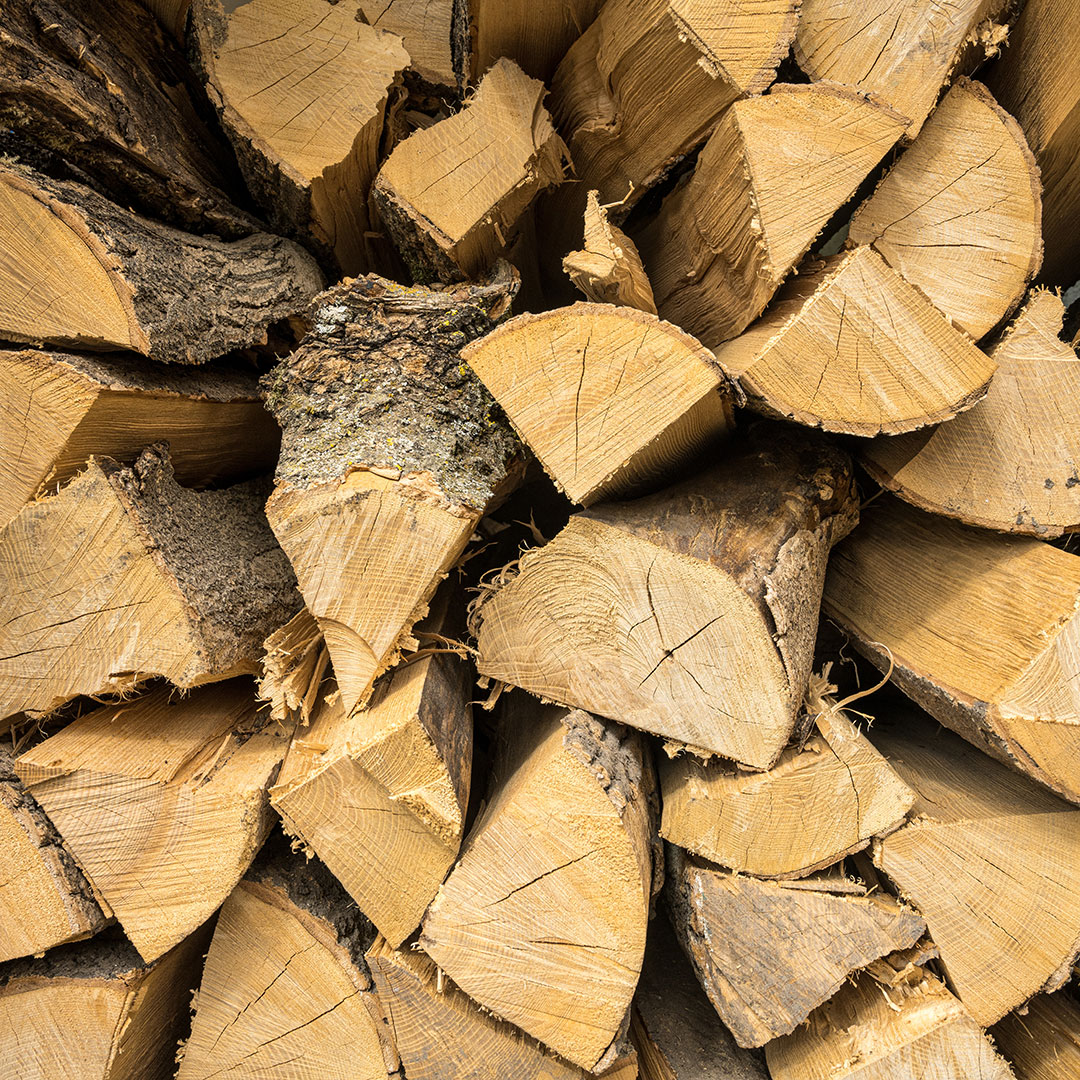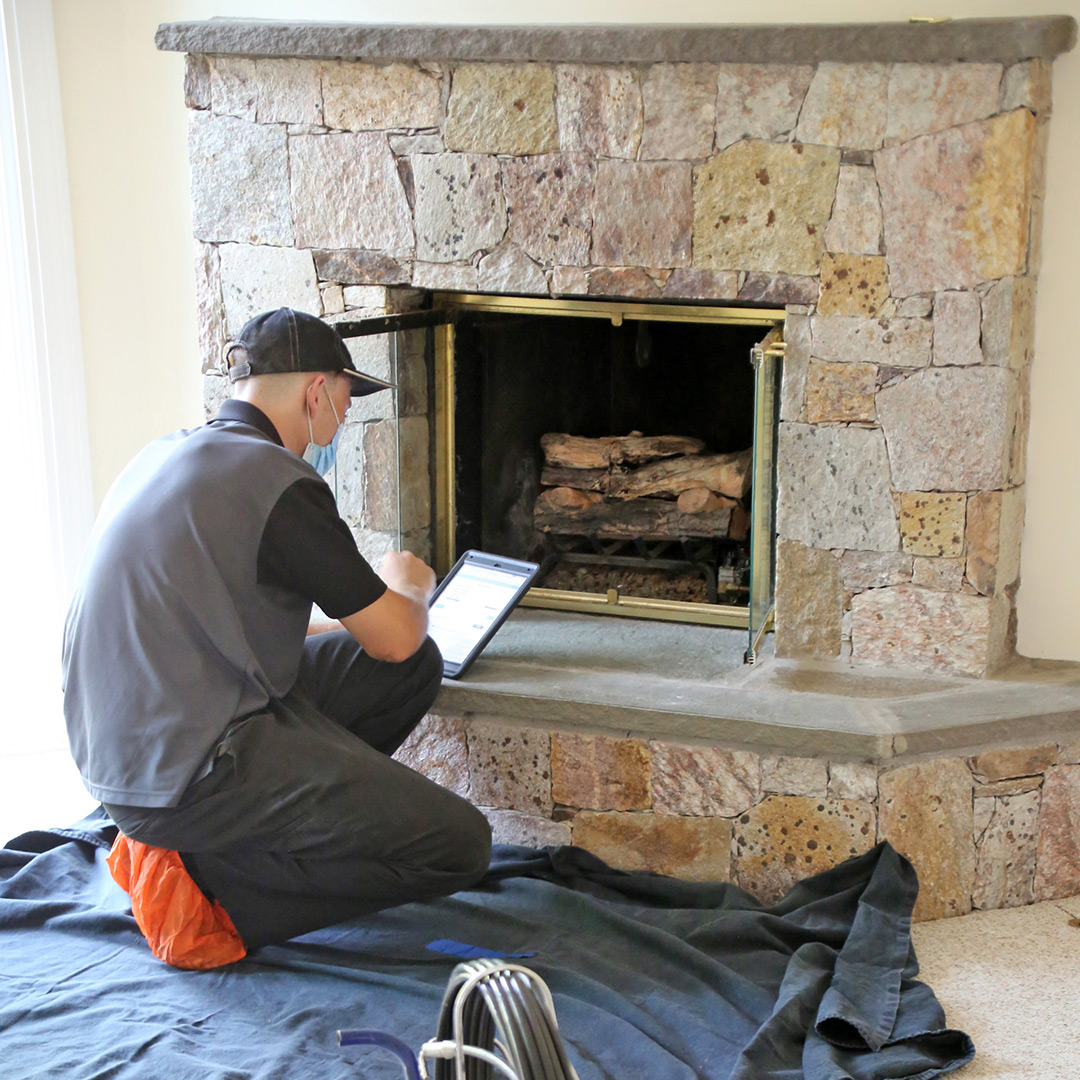NEC – What Type Of Wood Are You Burning?
Now that fall is in full effect and you are using your fireplace regularly, it’s prudent to ask, what type of wood are you burning? It may seem like a small thing to you, but the wood that goes into your fireplace can have different results depending on whether the wood is good or bad. Let’s look further into what constitutes good and bad wood.
 Good Types of Wood to Burn in Your Fireplace
Good Types of Wood to Burn in Your Fireplace
Burning Oak in Your Fireplace
Oak has long been considered the best type of wood to burn in a fireplace. Why? Because it has an even burn that lasts longer and burns hotter because of its density. Oak is also ubiquitous, growing nearly everywhere in the lower forty-eight states. The only drawbacks to burning oak in your fireplace are that it needs to be cured for a year and is tricky to light.
Burning Birch in Your Fireplace
Birch is another favorite because it burns brightly and gives instant warmth. It also lacks the density of other woods, so it burns faster, but it also leaves less residue in the chimney and less to clean up in the fireplace.
Burning Maple in Your Fireplace
Maple is primarily found in the Northern United States and Canada. Like oak, it burns slowly and hot because of its density. There are several varieties of maple; all can be burned in your fireplace.
Types of Wood You Shouldn’t Burn in Your Fireplace
Don’t Burn Chemically Treated or Painted Wood in Your Fireplace
It is crucial you don’t burn chemically treated or painted wood in your fireplace. Burning chemically treated or painted wood in your fireplace puts your family and pets at risk of exposure to toxic fumes. Not only can it pose an immediate threat, but it can also pose a risk over time. If the smoke from chemically treated or painted wood is ingested over time, it can be a carcinogen. It can also cause a greater buildup of creosote in your chimney, a highly flammable substance responsible for the majority of chimney fires yearly.
Don’t Burn Pine in Your Fireplace
Pine is abundant in most of the country, so you may be asking, why not burn pine? Because pine has a few issues that it can cause. Pine burns fast, requiring large amounts to create a long-lasting fire. Secondly, pine also makes large amounts of creosote. With the amount of floating embers that pine produces, the chances of having a chimney fire are greater.
Don’t Burn Poplar in Your Fireplace
Like pine and painted or chemically treated wood, burning poplar in your fireplace can cause a significant creosote buildup in your chimney because of its ability to hold moisture. Poplar also produces a massive amount of smoke and burns cooler than other types of wood.
 In Conclusion
In Conclusion
Know the types of wood you use to get the best and safest burn in your fireplace. If you want to keep your fireplace in good working order throughout the fall and winter, it is vital that a qualified chimney sweep service inspect and clean your chimney. By servicing your chimney and using the right kind of wood, you can expect enjoyable times in front of your fire until warm weather arrives.
Northeastern Chimney Knows What Type of Wood is Best for Your Fireplace
We know what types of woods are good for your fireplace and what types aren’t. We also are the unmatched chimney and fireplace experts in the greater West Hartford area and will ensure your fireplace is in good working order. Call us today at 860-233-5770 or fill out our easy contact form. We look forward to hearing from you.


